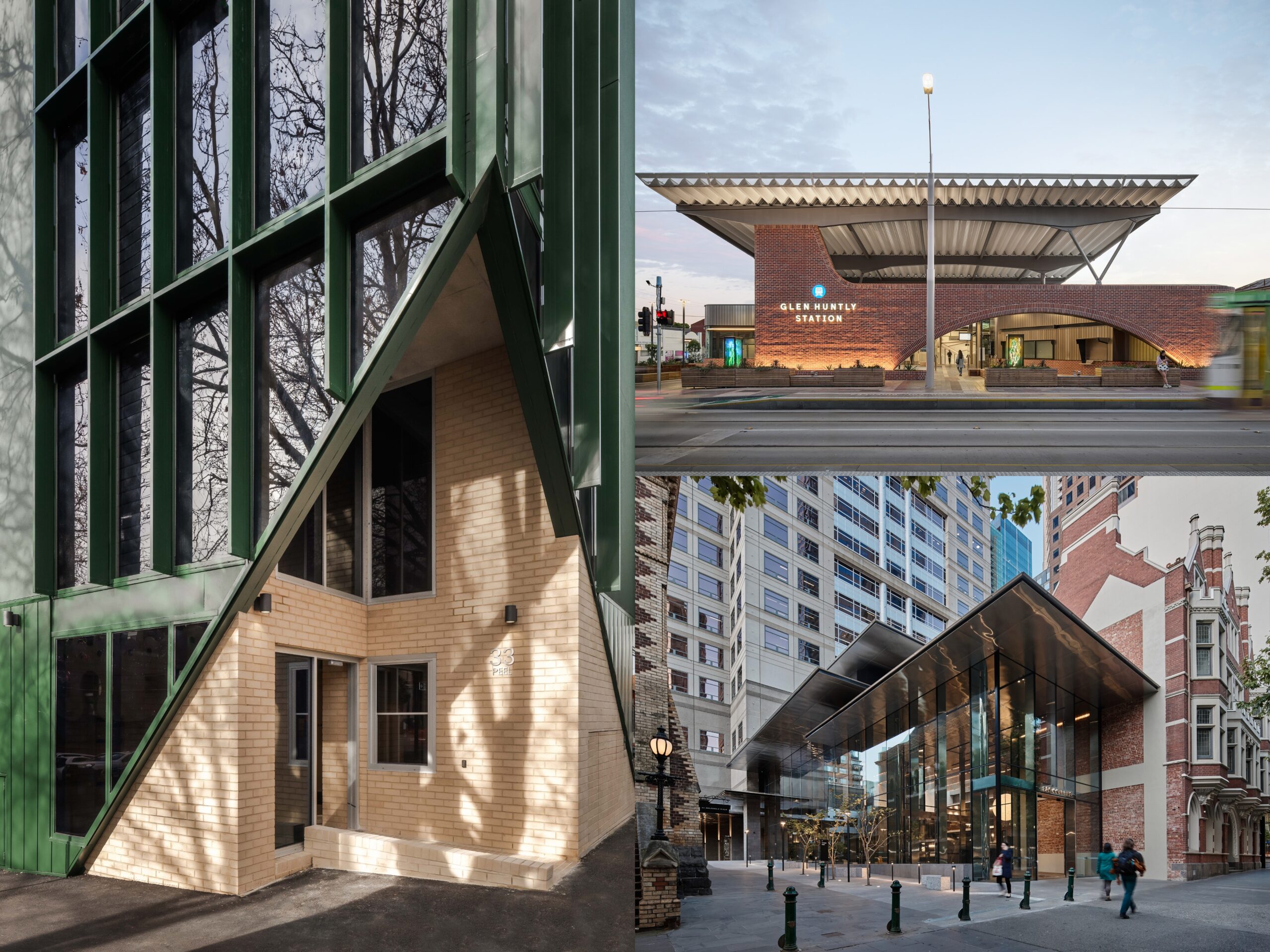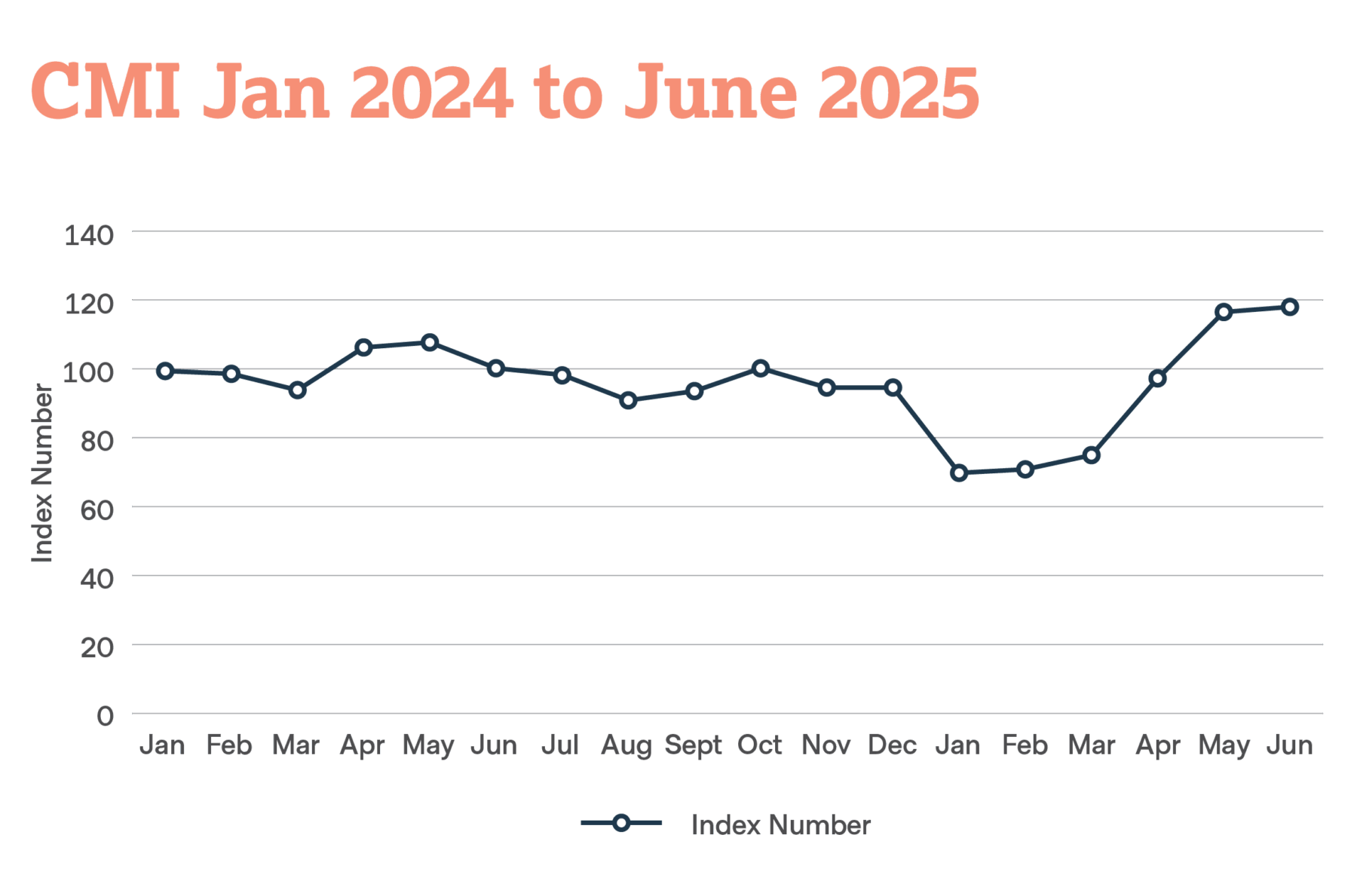
New data shows commercial vacancy rates of key northern hemisphere cities are inversely impacted by vaccination rates: as vaccination goes up, mobility increases, investment increases and commercial vacancy declines.
Paul Craig, CEO of Savills AU and NZ says in-depth analysis of tenant vaccine requirements, leasing trends, mobility trends, investment activity and traffic flows in both New York and London offers insights into the future for the Australian market.
“Savills and Metropolitan Transit Authority data shows public transport usage in Manhattan is up 76.7% since the beginning of the year and Manhattan mobility trends, from Apple, are up: with walking up 125% and driving up 123%. This has resulted in an increase in physical office occupancy,” he says.
“In addition, Savills research shows leasing activity in Manhattan was up 48.6% year-on-year to June 2021. Relocations and new leases accounted for 74.6% of activity, while renewals and expansions accounted for just 25.4%.
“The combination of increased physical occupancy and the reduction of sub-lease space are both excellent indicators for the two largest cities in Australia and give us a roadmap for the ‘new normal’, he said.
New offshore investor data is also promising for Australia. Research from Real Capital Analytics shows a 71% year-on-year increase of investment volumes during Q2 of 2021 from Asia Pacific into Europe.
According to Mr Craig, despite the length and severity of Australia’s border closures, new figures show offshore investors have continued to deploy capital in Australia, which is evidence of the continued confidence in the local market.
“The decisive return of Asia Pacific capital to Europe is good news for Australia. Buyers from Hong Kong, China, Korea and Singapore are currently in Europe. Australia’s vaccine rollout and likely easing of border restrictions will only increase the pool of international buyers looking to invest in Australia,” he said.
Graham Postma, National Head Office Leasing, Savills Australia says lockdown-effected Australian markets have shown similar trends to international cities throughout the pandemic.
“During the height of the Manhattan lockdown sublet supply swelled by between Q1 2020 and Q1 2021, peaking at a high of 27.6% of available space. As a percent of total available space, sublease supply remained below both the Dot Com-9/11 crisis (44.2%) and Global Financial Crisis (30.3%),” says Postma
“Subsequently, as vaccine rates increased, from January 2021, Savills research shows 53.0% of sublease removals were backfilled by tenants opting to reoccupy their space instead of subleasing it. Additionally, subleasing activity increased to 23.9% of leasing activity, up from 11.4% in Q1, further compounding the declining sublet supply.
“Sydney and Melbourne have seen increases in sub-lease space – up 4-fold in Sydney and 6-fold in Melbourne since Jan 2020. This mirrors the New York experience. What we have subsequently seen in New York is that much of this sub-lease space has been withdrawn and reoccupied,” he said.
“We are advising our clients on how to prepare for the upcoming change in market conditions.”
Another key trend currently being replicated in office markets across Australia is the ‘flight to quality” as seen in both London and NYC.
According to Mr Postma, two primary drivers are behind this trend; increased availability and attractive commercial terms, and post-lockdown re-hiring requirements where companies need better quality premises to assist them attract and retain talent, while at the same time encouraging existing staff back into the office.
As well as changes in leasing trends there has also been significant shifts in office usage.
Mark Smith, National Head Occupier Services, Savills Australia and New Zealand said through our work with Australian Head-Quartered clients in overseas geographies we have a seen a global push to use the office in a far more collaborative way than how it might have historically been viewed.
“There is a real sense the office is a valuable business tool not just a place for staff to attend each day. While many companies are embracing a hybrid model of WFH/WFO this has not translated into a consistent theme of reduced office footprints,” he says.
“The office is now being used differently – with a greater focus on collaboration spaces, designated video conferencing rooms, additional meeting rooms and lower density in the open plan areas.”
“Businesses need to be ready for a post-pandemic workforce, we are advising clients on how to secure offices that will give them an advantage in the changed environment.”



